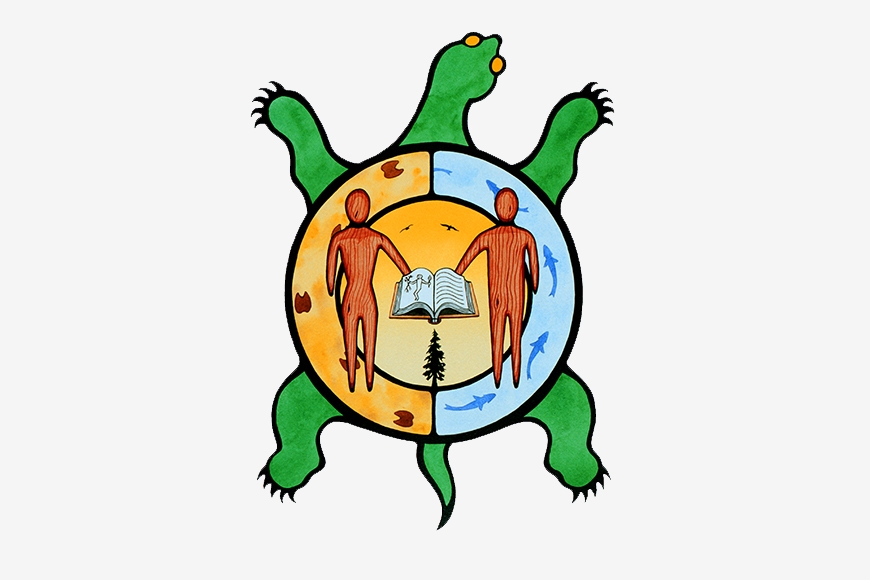Getting to know American Indian studies
The oldest of its kind, CLA’s American Indian studies department is uniquely positioned to lead on issues facing the world today, from climate change to environmental justice to white supremacy and structural racism. Since 1969, department scholars have helped preserve the Ojibwe and Dakota languages, uplift Native heritages, histories, and cultures—and challenge the colonizing ways that have created and perpetuated these urgent problems.
Yet today, the program is something of a well-kept secret, says Brendan Kishketon, associate professor of American Indian studies. Kishketon, a world-renowned Ojibwe language scholar, is determined to change that through the American Indian Summer Institute (AISI).
“Not enough Native students know about us and the programs we have to serve them. And reservation kids are especially underrepresented: our message has not been getting in front of them.” So Kishketon reached into his own past—as a teen, he attended a summer bridge program in Utah—to imagine changing that. He envisioned a week for Indigenous high school students to explore Native languages, meet Native faculty, write, hone study skills, connect with each other—and to see themselves at UMN.
In 2018, the American Indian Summer Institute was born.
AISI is “putting a face to our programs,” Kishketon says. “There’s this perception that the University is a big, scary, cold institution. Students need to know a human here.” Throughout the camp, participants learn about the department’s offerings and get a taste of life on campus … dipping their toes in Dakota and Ojibwe language lessons, playing games, living in residence halls, and building community. Current Native students serve as their counselors.
Dustin Morrow, who just graduated with a degree in Ojibwe language and linguistics and is beginning his master’s in linguistics at UMN this fall, served as an AISI counselor in 2019. “It was a blast,” he says. “I’m a nontraditional student. I was already an adult when I started at the U, and [campus] was even intimidating for me. I grew up on the Lac Courte Oreilles Reservation; a lot of [AISI participants] are straight from the reservation. Coming from a very rural setting to this huge institution in an urban setting, it’s a big adjustment.”
At AISI, “everyone’s got that shyness, that uncertainty at first. It’s awesome to see them open up and start to feel acclimated. By the end, everyone’s laughing and having a great time together,” Morrow says.
“The idea is for them to really get to know us,” Kishketon says. “We want them to know there are real people here behind these awesome programs, and there are ways for them to get here. Research shows that students who do these summer-bridge programs tend to matriculate into the host university. My thinking is, if they end up coming to the U, great—and really, if they end up going to any university, great.”
Kishketon works with high school counselors to encourage Native students to attend. It’s free, and students simply have to demonstrate interest: “If you want to come, we want you here.” AISI takes place for one week of the summer, typically serving around 20 students. The COVID-19 pandemic forced its cancellation in 2020 and this year—but Kishketon sees the hiatus as a chance to enhance and expand the program.
“I want to create defining moments! I want to get local [Native] celebrities to come in. And I want to coordinate more with Chicano students; maybe host an American Indian and Chicano dance, a night for everyone to have fun.… Next year is going to be awesome,” Kishketon says.
“Our program is really rigorous—our students get fluent. We’re moving mountains over here, and that’s what I want people to know.”
This article is part of a larger feature called "How to Move Mountains." Read about other urgent and relevant work being done by CLA scholars.

